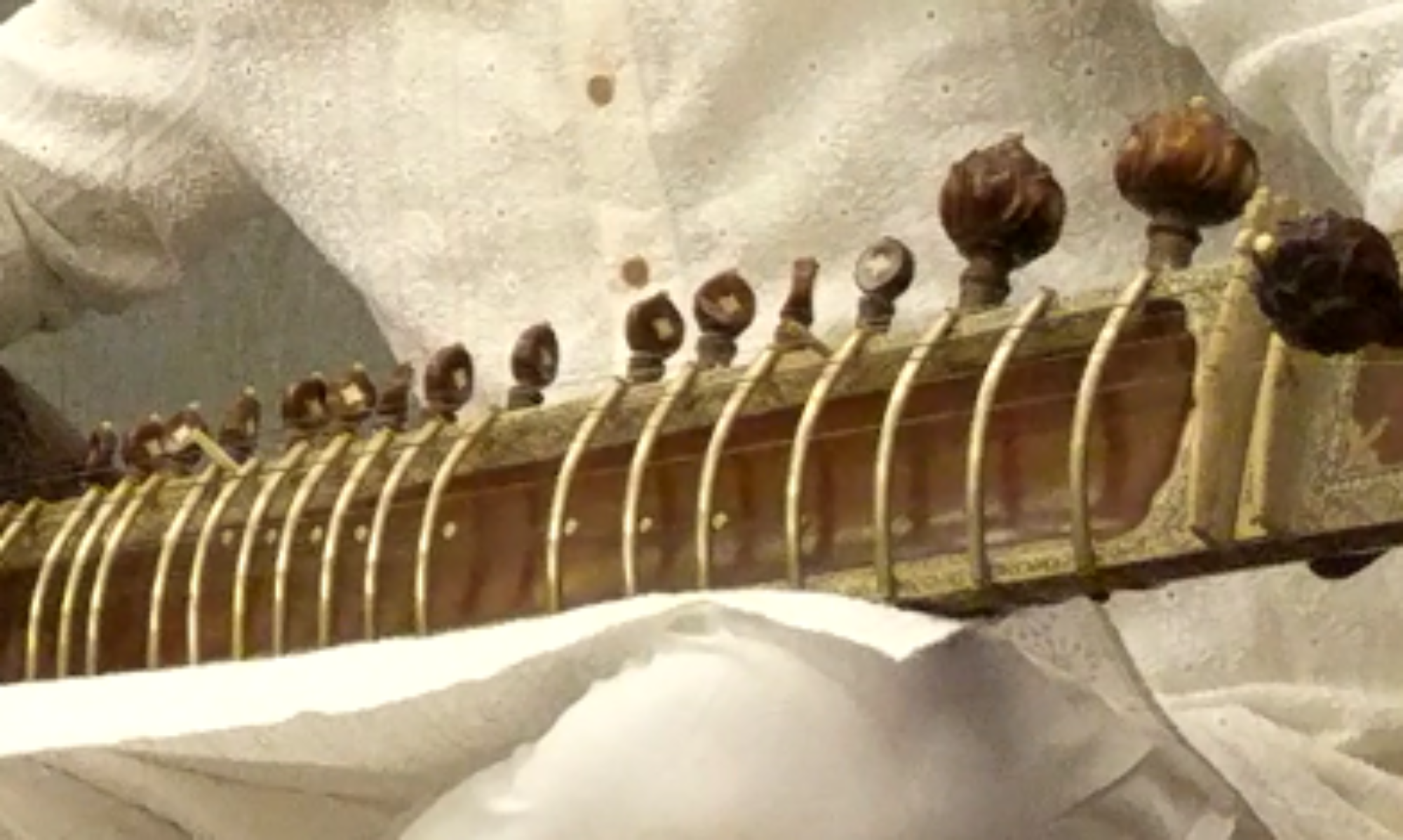Once, while travelling by train, among my co-passengers – a dad quizzes his little daughter, “Dekho, uncle ke pass kaunsa instrument hai? (See, which instrument is this uncle carrying?) pointing towards the case in which my Sitar was kept. Upon her silence he confidently uttered, “Yeh to Maa Saraswati ka Guitar hai…”(!!)
As it is, for me, starting at 17 (as opposed to the tender age of 4-5) to play an instrument like the Sitar has been quite an uphill task – first with loads of learning & practicing and then with seeking the ‘right’ opportunities to present it… and then after putting in that effort, for WHOM are we playing it??
Not just in travelling with the Sitar but in my life’s journey with it so far, I have often encountered cases of ignorance during instances that range from a layman’s general perspective on the instrument; to certain views of those more specifically acquainted with the same. Obviously as I’m just ONE among so many who play the Sitar, it might be indeed professionally more convenient to overlook these incidents and to “continue to be professional in my work” and “hope that things will fall into place”!
But life isn’t that simple and solutions aren’t so easy to get by… We might have to work it out!
• There are various institutes that have produced/procured excellent performers and have focused, with discipline, on their rigorous training with the relatively small hope that their serious approach might spread as an inspiration to the masses.
• Some great masters too have resorted to popular numbers (that might not have been composed for Sitar) inculcating them within their mainstream approach to performance, in an attempt to reach out to the non-initiated. While they may have experienced personal success (not for Sitar as a subject) in these endeavours, over a period, they might possibly experience a certain saturation as well in repeating those efforts and ultimately resulting in falling short of their TRUE creative potential that can be encompassed within this music.
Then again, it is also strange when, those who haven’t seen a Sitar nor played it and haven’t studied the music even with another instrument or voice, are completely bowled over by its sound in some cases.
The Sitar that I enjoy playing today in 2018 might be the result of several great masters like (Pandits & Ustads) Ravi Shankar, Vilayat Khan, Imrat Khan, Abdul Halim Jaffer Khan, Nikhil Banerjee, Rais Khan, Kartick Kumar, Shahid Pervez, Buddhaditya Mukherjee, Irshad Khan, Kushal Das, Indrajit Banerjee, Niladri Kumar etc to name a few, working closely / sharing their inputs with ace Sitar makers & craftsmen i. e. Kanailal, Hiren Roy, Rikhi Ram etc; roughly in the last 80-90 years.
These facts together with my observations – some of which are mentioned above; have led me to believe that there is a need for an education in Sitar more than just rigorous training or viral popularity. An integral approach may, over a period, create a more lasting impact and perhaps build a community that might appreciate the TRUE VOICE in its music more transparently in an era which has a greater scope for the notion of a level playing field as the way forward.
So before channelising our efforts, it’s essential to realise that passion is the key ingredient – not just to begin with but at all levels. Sitarpassion is a thought or at best a philosophy that connects my efforts in Sitar with the Integral Education that I have been fortunate to have received from a tender age at the Sri Aurobindo Ashram, Pondicherry.
Those who believe in learning the Sitar respecting this philosophy, are welcome to join the Sitarpassion Integrated Training & Education (S.I. T. E.)
~ Soham Munim


